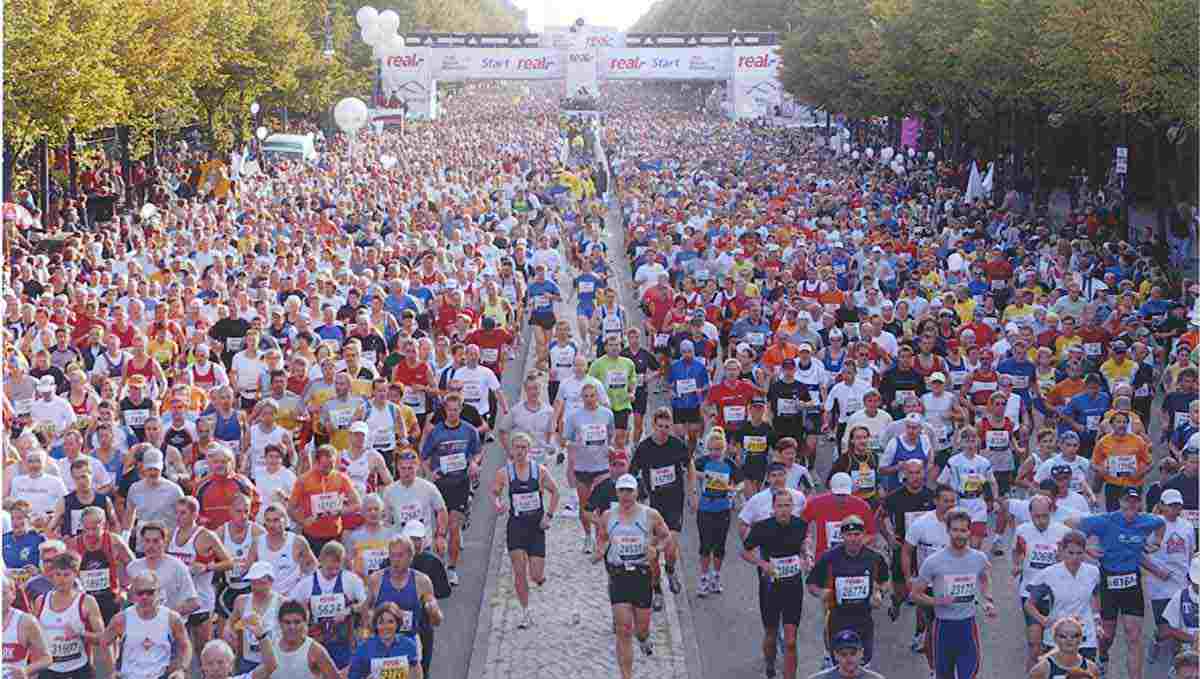By the very nature of the activity, running puts a tremendous amount of stress on the feet, ankles, shins, knees, hips and back. Consequently, aches and pains in the muscles and joints of the lower legs are not at all uncommon.
One area in particular that may become a chronic problem is the knee.
The knee is a complicated joint made up of four bones (femur, tibia, fibula and patella), four major ligaments (anterior and posterior cruciate and the medial and lateral collaterals) and numerous tendons. Additionally, the femur and tibia are lined with shock-absorbing cartilage that keep the joint moving smoothly.
Any of these structures can become damaged either acutely or from wear and tear. When this happens, pain is invariably the symptom that is experienced, though it need not be constant. Sometimes pain is only felt when putting the joint through certain movements, while other times it is felt only with weight bearing.
Whatever the nature of the symptoms, identifying the cause for the pain is often difficult but it is nonetheless critical. Ignoring a knee injury is done at great risk of worsening the damage or causing additional injuries.
“Runner’s knee” is the term given to a range of overuse injuries that often afflict runners and cause pain in the front of the joint. Some of these issues arise from biomechanical or structural problems but many come about simply from doing too much too quickly. Of the various injuries that are encompassed in ‘Runner’s knee’ two are the most common: patellar tendinitis and patellofemoral pain syndrome.
